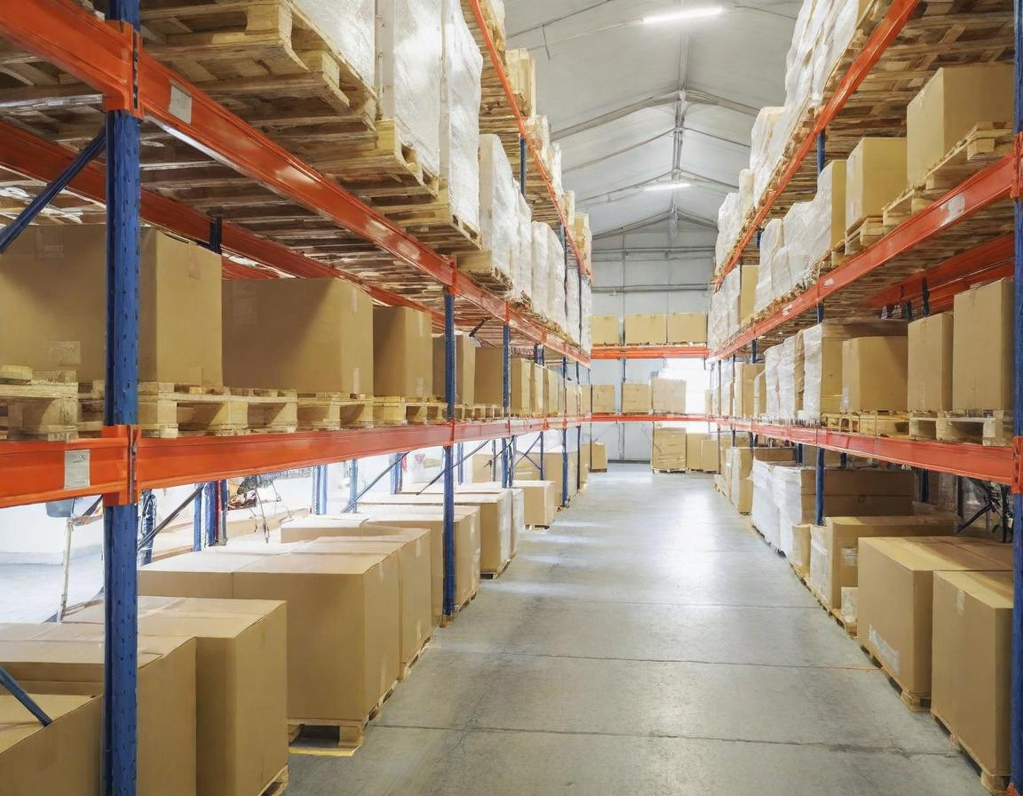In Singapore’s fast-moving industrial scene, warehouse floors are no longer just about forklifts and pallets — they’ve become nerve centres of data. The old days of scribbled notes and Excel stock counts are fading fast as local businesses embrace a new ally: the Warehouse Management System (WMS). Once considered a luxury for multinationals, WMS platforms have quietly become the backbone of Singapore’s small- and medium-sized enterprises.

From manual chaos to digital control
Every business owner who’s lost a carton or double-shipped an order knows how costly small mistakes can be. Manual stock control often leads to misplaced inventory, overtime pay, and unhappy clients. A smart WMS eliminates those headaches. It records every movement the moment it happens — from receiving and put-away to picking, packing, and dispatch — giving owners real-time visibility of what’s inside the warehouse without having to step in.
Integration and real-time insight
Modern WMS solutions don’t live in isolation. They link directly with barcode scanners, ERP systems, accounting platforms, and even PLC-controlled machines on the factory floor. Some Singapore manufacturers now pull production data straight from their machines into the WMS dashboard, allowing managers to spot bottlenecks instantly. That integration means fewer spreadsheets, faster communication, and a single source of truth across departments.
Cost-friendly digitalisation
A decade ago, warehouse automation sounded expensive. Today, cloud technology and local government support have changed that narrative. The Productivity Solutions Grant (PSG) and Enterprise Development Grant (EDG) encourage SMEs to digitalise by covering part of the setup cost. Implementation can happen gradually — starting with stock tracking, then expanding to outbound logistics — allowing even modest firms in Woodlands or Tuas to modernise without financial strain.
The human side of automation
Ironically, smarter systems often make people more valuable. When mundane data entry disappears, warehouse staff can focus on optimisation, quality control, or customer service. Managers, freed from paperwork, can make decisions based on live metrics rather than yesterday’s reports. It’s not about replacing humans with software; it’s about giving teams the tools to perform at their best.
Future-ready logistics
Singapore’s limited land and high rental costs mean efficiency isn’t optional — it’s survival. A data-driven WMS helps companies use space intelligently, rotate stock by FIFO rules, and respond to online orders at lightning speed. In an era where customers expect next-day delivery, that precision can decide who wins the contract and who loses it.
The warehouse of tomorrow is already here: compact, connected, and remarkably intelligent. Businesses that embrace a smart WMS today aren’t just cutting costs — they’re laying the foundation for a scalable, tech-enabled future where every square metre and every second count.

